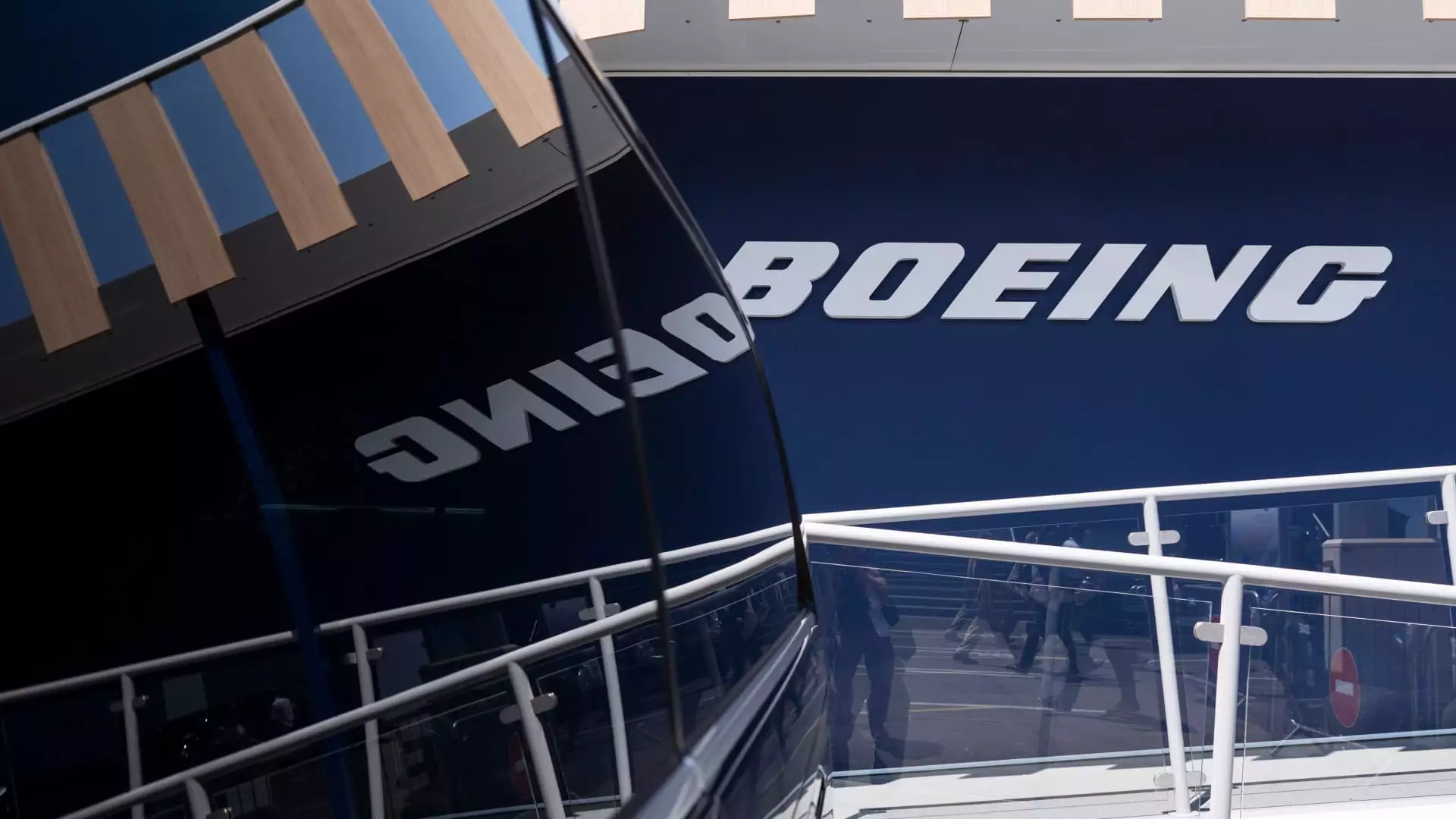Boeing’s recent resurgence might seem promising at first glance, but behind the shiny veneer of rising stock prices and improved delivery numbers lies a fragile foundation. The company, once a titan of aviation innovation, has been mired in crises—culminating in tragic accidents, quality scandals, and financial turbulence—that have tarnished its reputation for years. Under CEO Kelly Ortberg’s leadership, there’s a narrative of stabilization, but mere stabilization does not equate to genuine revival. This outlook is superficial; it disguises ongoing structural flaws that threaten to reassert themselves if not addressed authentically.
The claims of cultural change resonate superficially, yet deep-rooted issues persist. Improvements in production and quarterly results are encouraging metrics, but they are only surface indicators. Boeing’s history shows that technical fixes and financial gains often mask underlying operational and cultural dysfunctions. Simply put, a company that has repeatedly missed delivery targets, faced safety scandals, and faltered in maintaining consistent quality should not be mistaken for being truly resilient. The risk remains that Boeing is merely treading water—less a renaissance, more a calculated holding pattern to stave off collapse.
Too Many Old Cracks to Believe the Hype
It is tempting to celebrate the recent upticks—higher aircraft production, increased deliveries, and modest profitability forecasts. Yet many of these achievements are the result of short-term measures that do not guarantee long-term stability. For instance, the focus on bolstering production beyond a capped rate may sound promising, but it hinges on regulatory approval. The FAA’s cautious stance on increasing output underscores ongoing safety concerns. A single overlooked bolt or a repeat of past manufacturing slip-ups could undo these gains, especially given that quality assurance remains a “work in progress,” not a solved problem.
Moreover, Boeing’s persistent quality issues serve as a stark reminder that the company’s operational culture is still in flux. The recent near-catastrophe involving a nearly new Boeing 737 Max 9 illustrates that safety lapses continue to threaten its reputation and financial standing. Such incidents remind us that the company’s recent positive trajectory is not yet immune from the consequences of past mistakes. Crisis management on the surface cannot replace genuine systemic reforms; trust once lost is hard to regain, and Boeing’s reputation is still fragile.
The Political and Market Pressures Weighed Heavily
Boeing’s status as a leading exporter and the backbone of U.S. aerospace is intertwined with national interests and political pressures. Its struggles have often played out on the global stage, with competitors like Airbus gaining ground through innovations and reliability. Still, the center-wing liberal perspective suggests that a healthy Boeing is crucial not only for economic reasons but for maintaining U.S. technological leadership. The company’s ongoing issues have incited regulatory scrutiny and political debates—further complicating a recovery that should, in a truly balanced and innovative industry, be driven by accountability and forward-thinking strategies.
The future of Boeing depends heavily on how well it manages both safety concerns and technological innovation. The stagnation of key projects like the new jets in the 737 Max family signals cautious progress, but the underlying question remains: when will Boeing genuinely embrace a culture of innovation over incremental fixes? Success should not be measured solely by immediate financial indicators, but by the company’s ability to pioneer safe, reliable, and environmentally sustainable aircraft for the long term. In this sense, the cautious optimism of recent months may be misplaced if the company’s core issues—leadership, safety culture, and innovation—are not addressed fundamentally.
The Road Ahead: Structural Challenges and the Hope for Renewal
As Boeing navigates this transitional period, it must confront its toxic legacy by fostering transparency, accountability, and a willingness to challenge entrenched practices. The lingering doubts about the company’s commitment to safety and quality suggest that mere financial turnaround or superficial cultural changes are insufficient. True renewal demands that Boeing redefines its core values and invests in innovation that prioritizes safety and sustainability—not just shareholder returns.
Furthermore, the broader aerospace industry is on the cusp of monumental change: developing hybrid-electric propulsion, autonomous flight, and greener manufacturing processes. Boeing’s ability to lead in these areas will determine whether its current struggles are merely a bump in the road or symptomatic of deeper systemic issues. But without a decisive shift away from cost-cutting only to meet quarterly targets, Boeing risks becoming irrelevant in a future that favors resilient, ethically driven leaders capable of balancing innovation with responsibility.
In this context, the hope that Boeing’s latest improvements are sustainable remains cautiously optimistic. Yet, the company requires more than just a charismatic CEO or a handful of operational tweaks—it needs a profound cultural overhaul rooted in integrity, safety, and innovation. Until then, the specter of past failures will continue to haunt its every move, reminding us that true progress in aerospace is measured not just by numbers on a chart, but by the unwavering commitment to do better—without compromise.


Leave a Reply